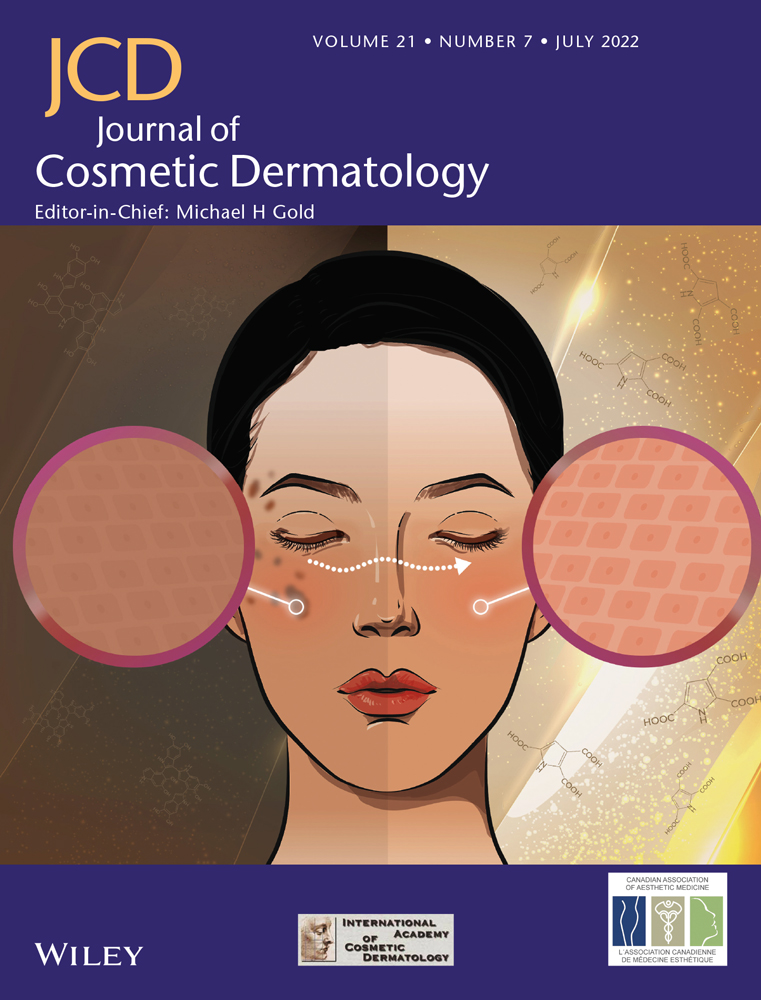Outcomes of 1064-nm picosecond laser alone and in combination with fractional 1064-nm picosecond laser in tattoo removal
Funding information
None
Abstract
Background
Removal of the unwanted tattoo was initially focused treatment of picosecond laser in the setting of the unfractionated beam, whereas the fractionated 1064-nm picosecond lasers (Fr-Pico) has been successfully utilized in various skin conditions, including scar and benign pigmented lesions. However, no studies compared the combination of Fr-Pico and unfractional 1064-nm picosecond laser (UFr-Pico) and UFr-Pico alone in tattoo removal.
Objective
This study aims to compare the efficacy and safety of the combination of Fr-Pico and UFr-Pico and the UFr-Pico and in tattoo removal.
Materials and methods
Nineteen black tattoos in 11 patients were treated with UFr-Pico on one half and in combination with Fr-Pico on another half over three sessions with 4-week intervals and 4-week follow-up after the last session. Treatment efficacy was assessed using digital photographs, skin imaging analysis, and patient satisfaction.
Results
After three treatments, tattoo clearance scores revealed that greater than 50% clearance was achieved in 11 (84.6%) tattoos treated with combination side and 9 (69.2%) tattoos with UFr-Pico alone. Significant differences were observed between the groups at 8 and 12 weeks. Skin textural changes also demonstrated significant improvements in the combination side at Week 12. Adverse events, such as blistering and textural changes, were fewer in the combination side.
Conclusion
The combination of 1064 nm Fr-Pico and UFr-Pico may be more effective and safer in tattoo removal than UFr-Pico alone.
CONFLICT OF INTEREST
The authors declare no conflict of interest.
Open Research
DATA AVAILABILITY STATEMENT
The data that support the findings of this study are available on request from the corresponding author. The data are not publicly available due to privacy or ethical restrictions.




